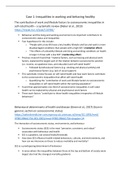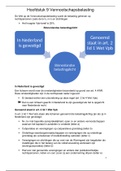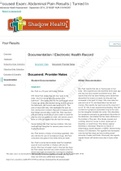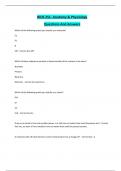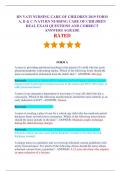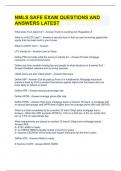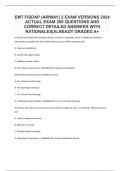Samenvatting
Summary Tutorial Literature/References Notes - Lifestyle, Work and Health in the EU (EPH2022)
- Vak
- Instelling
Notes from the readings for all 10 tutorial tasks of this *new* course (Nov-Dec 2021) ** Save yourself 100s of hours of reading and taking notes! ** Cleanly organised & easy to follow! *** Make sure to “Follow” for future course content! Please rate, comment and message with feedback to improv...
[Meer zien]
